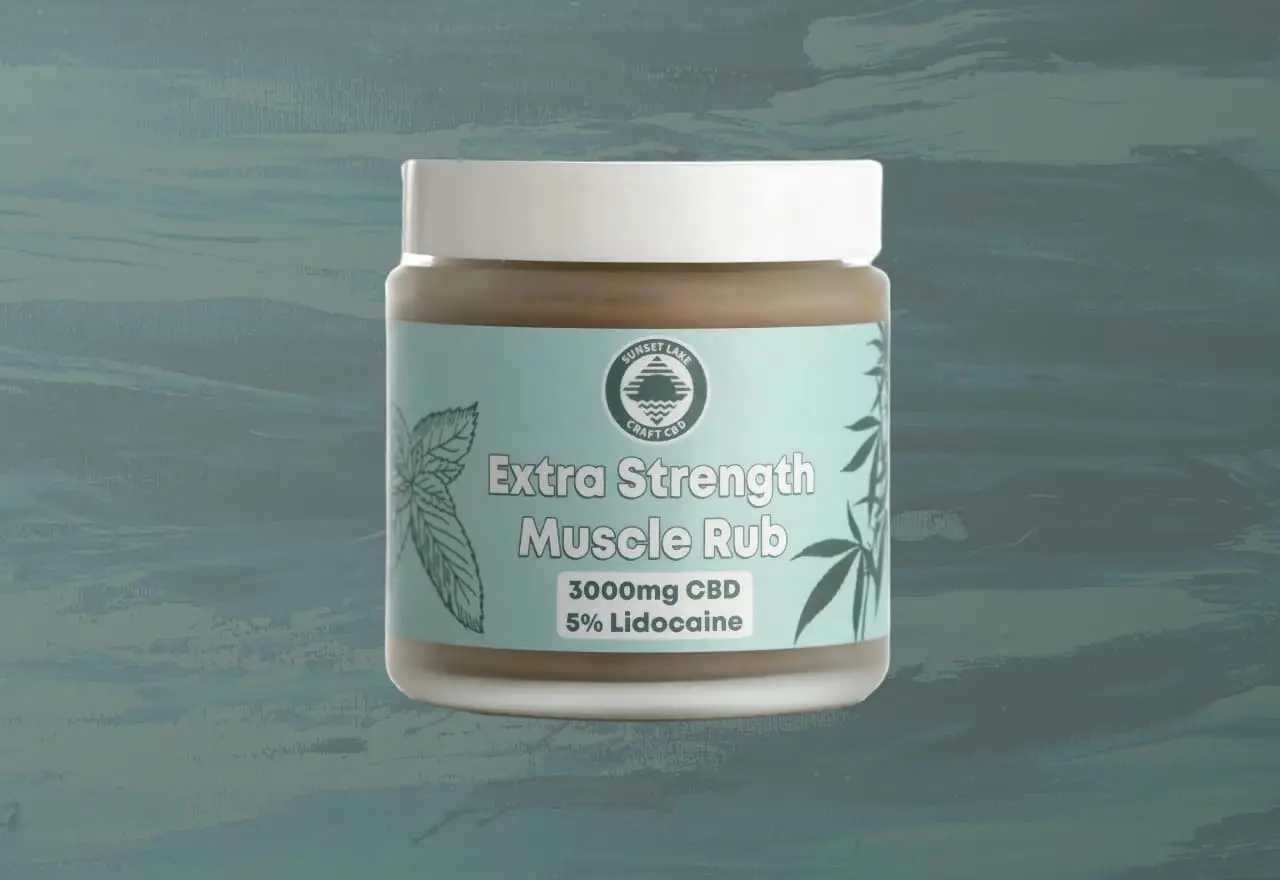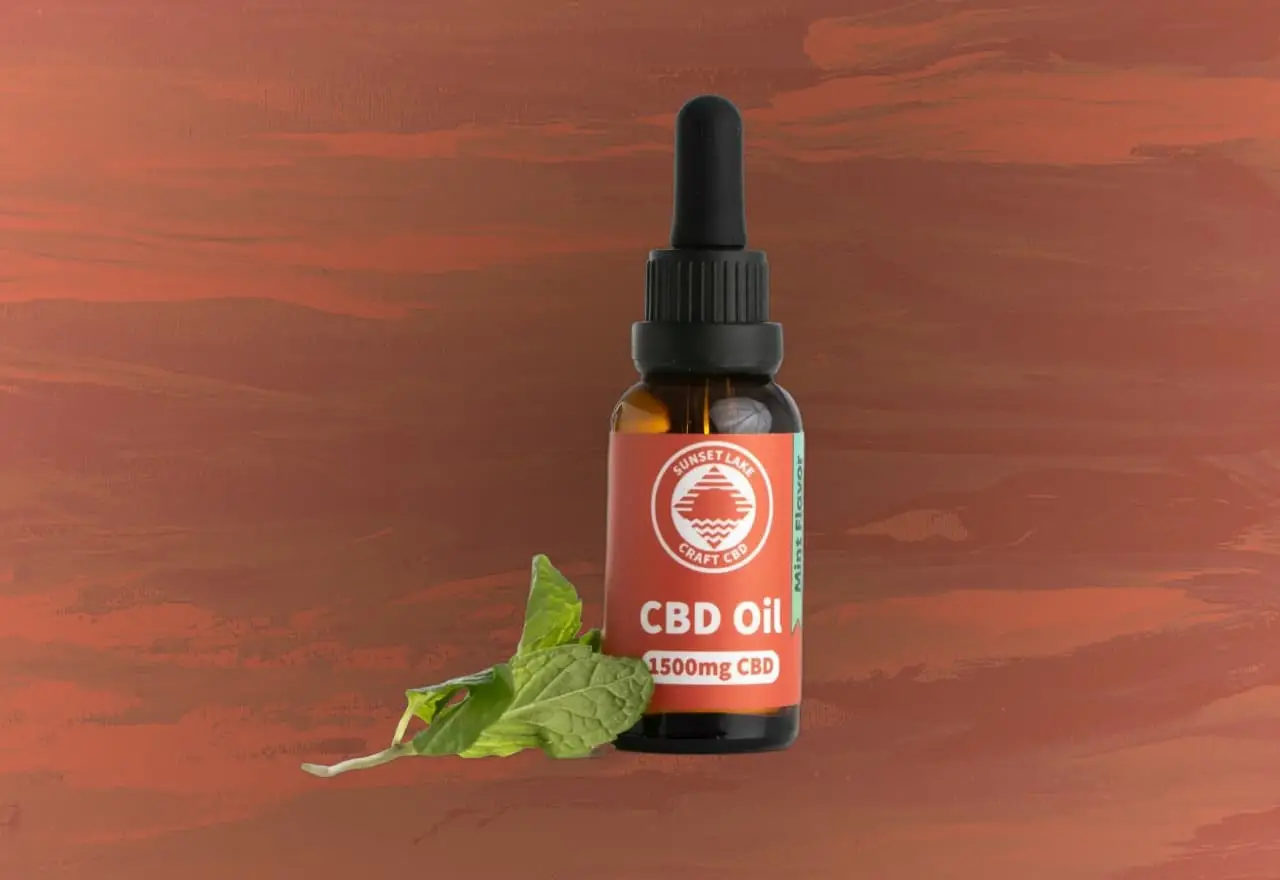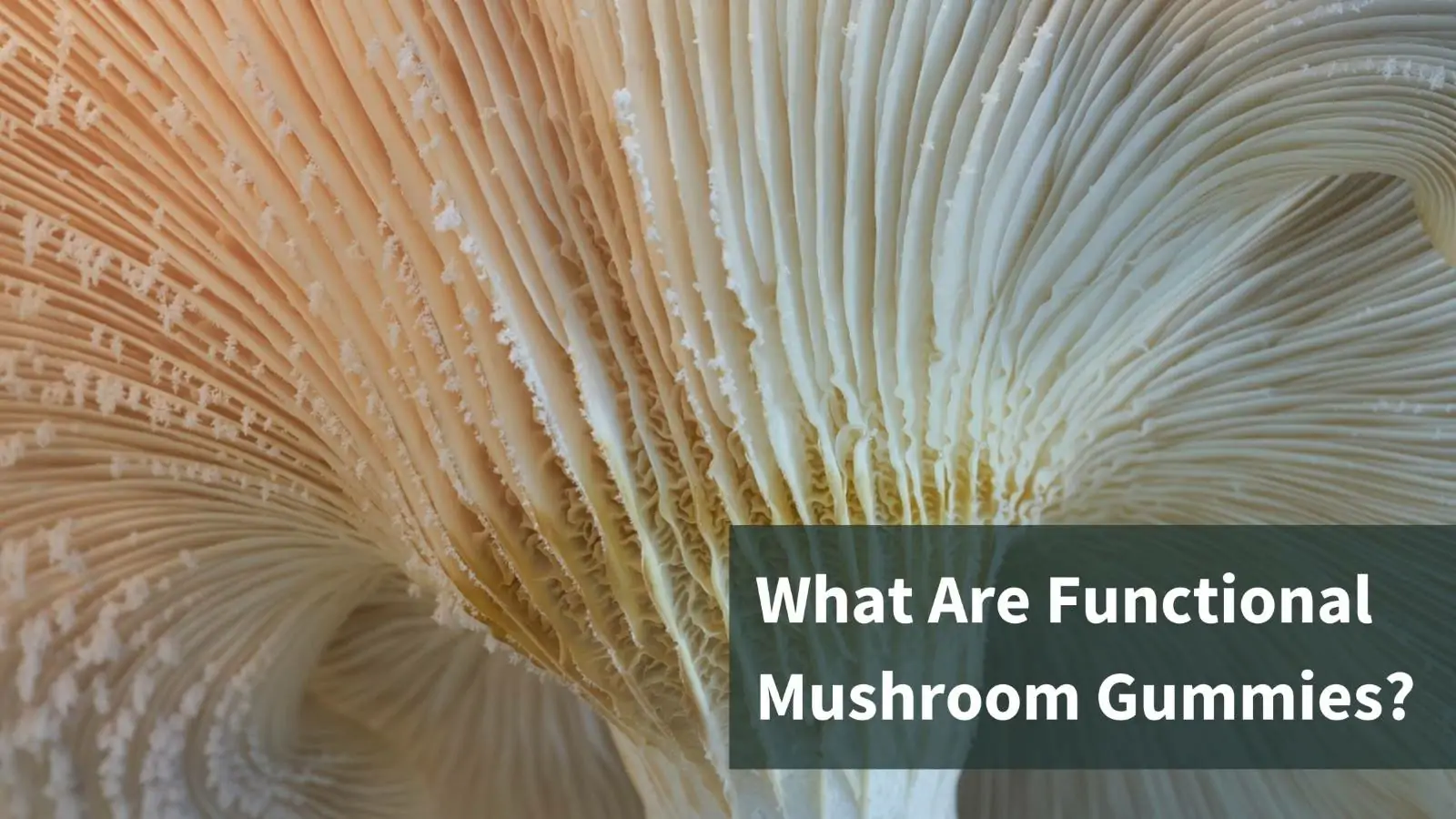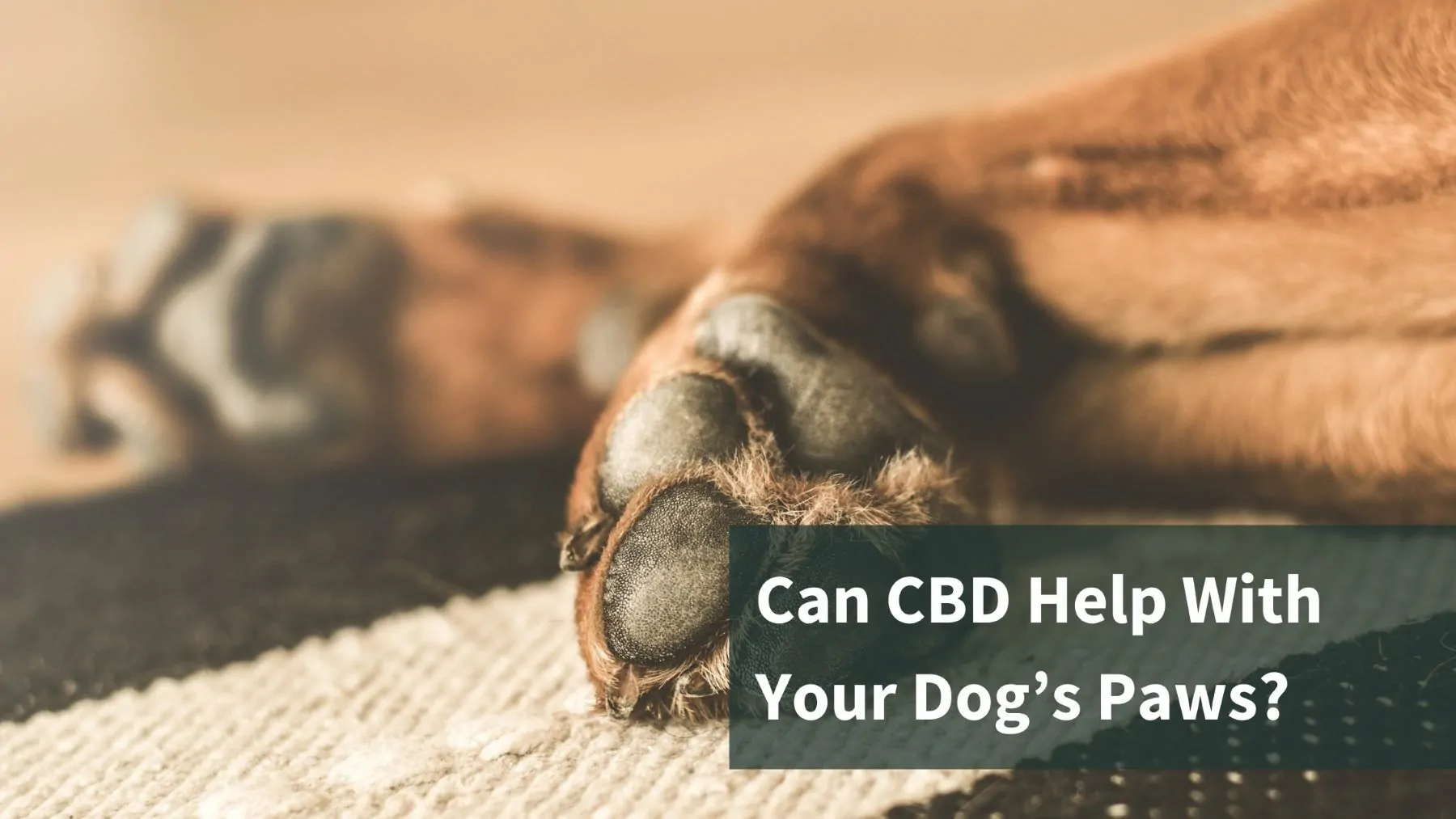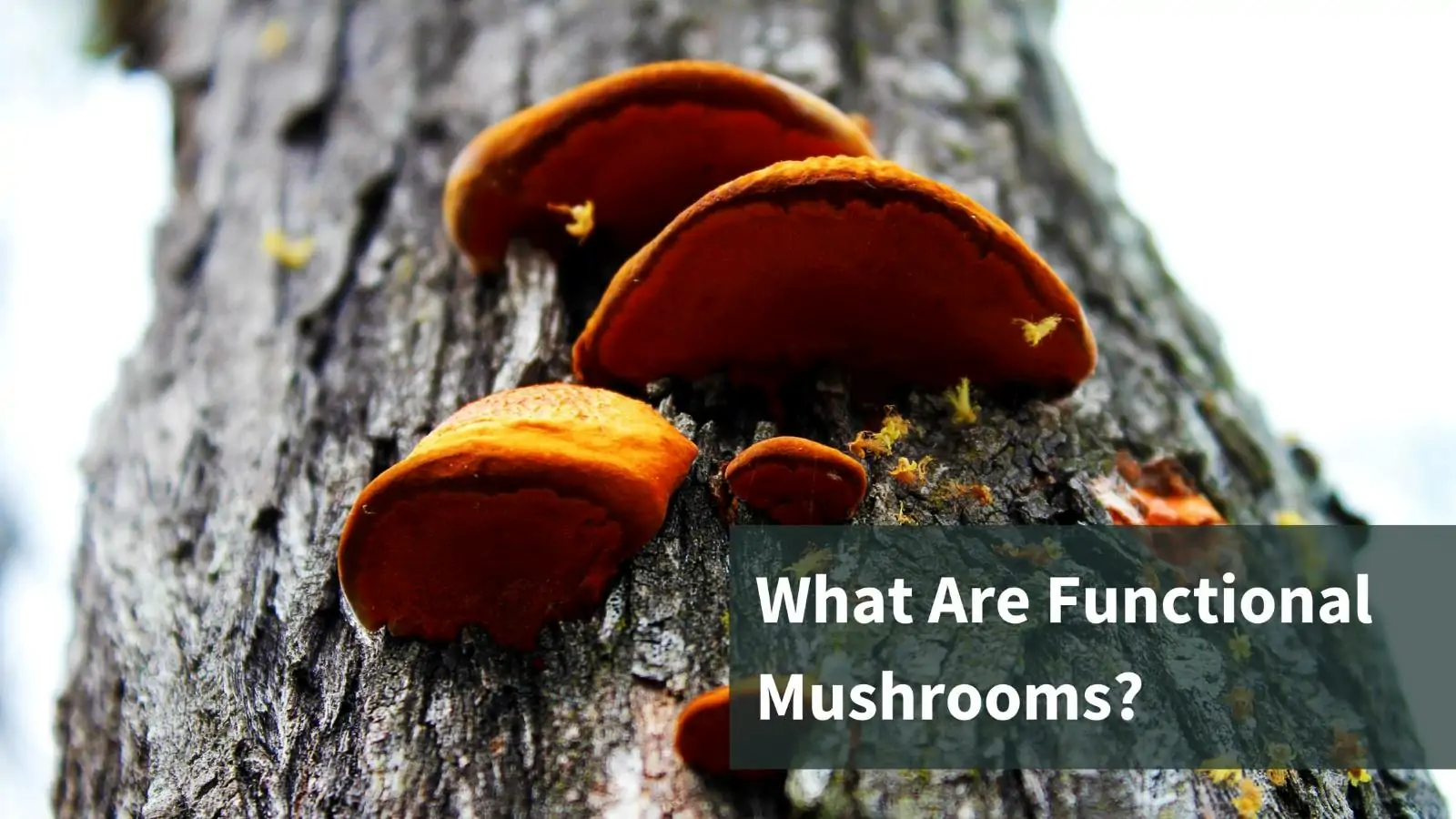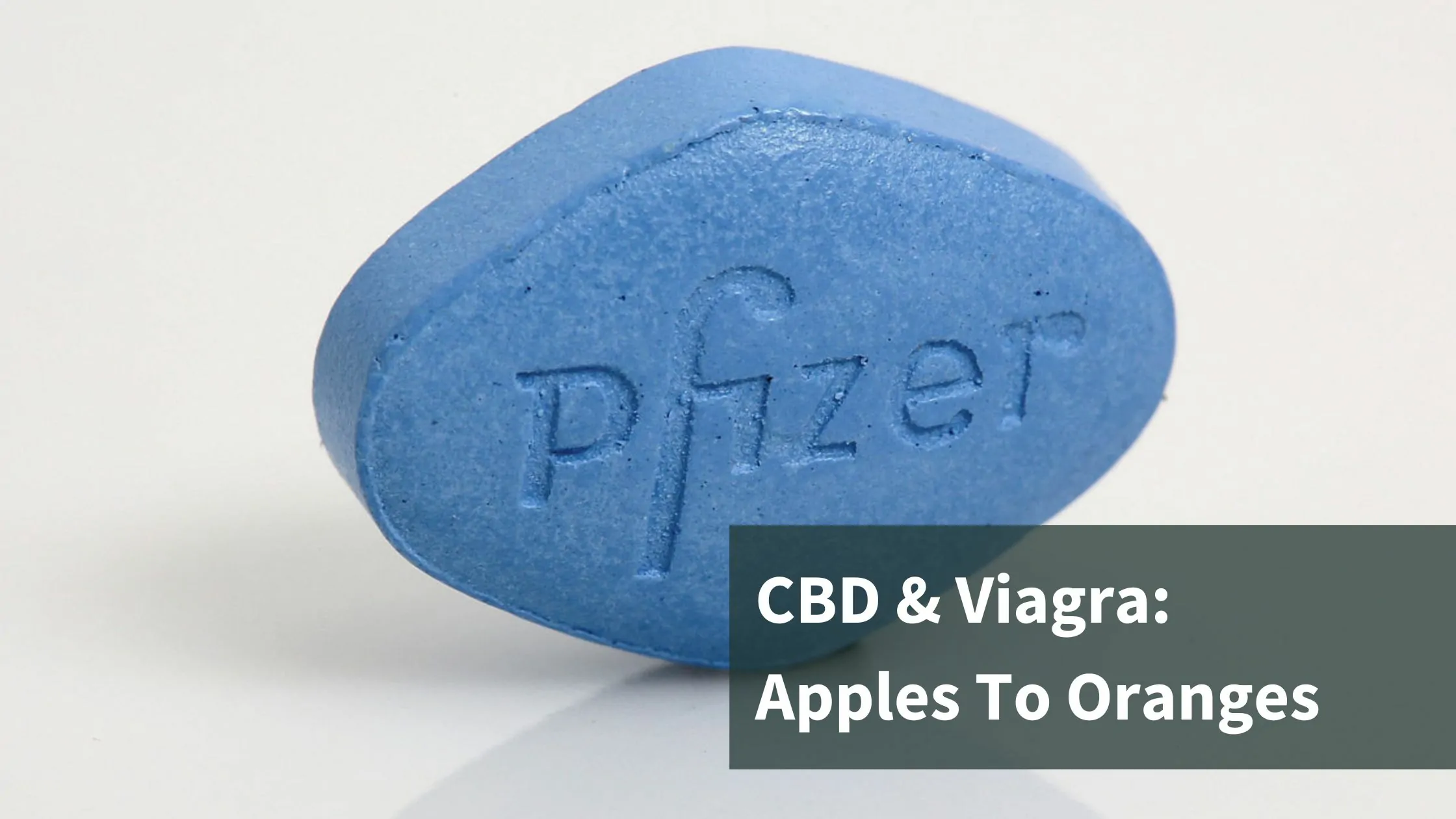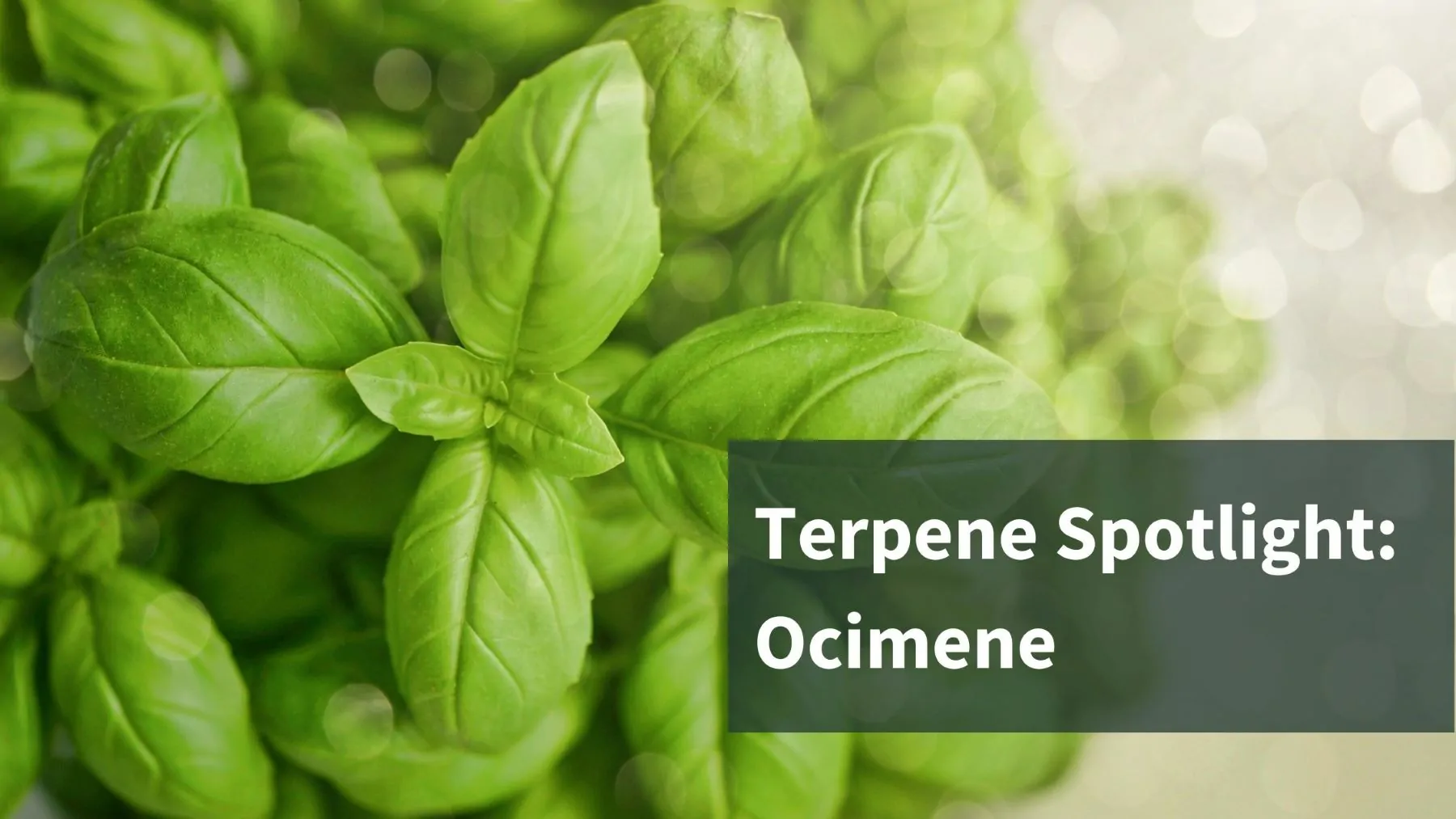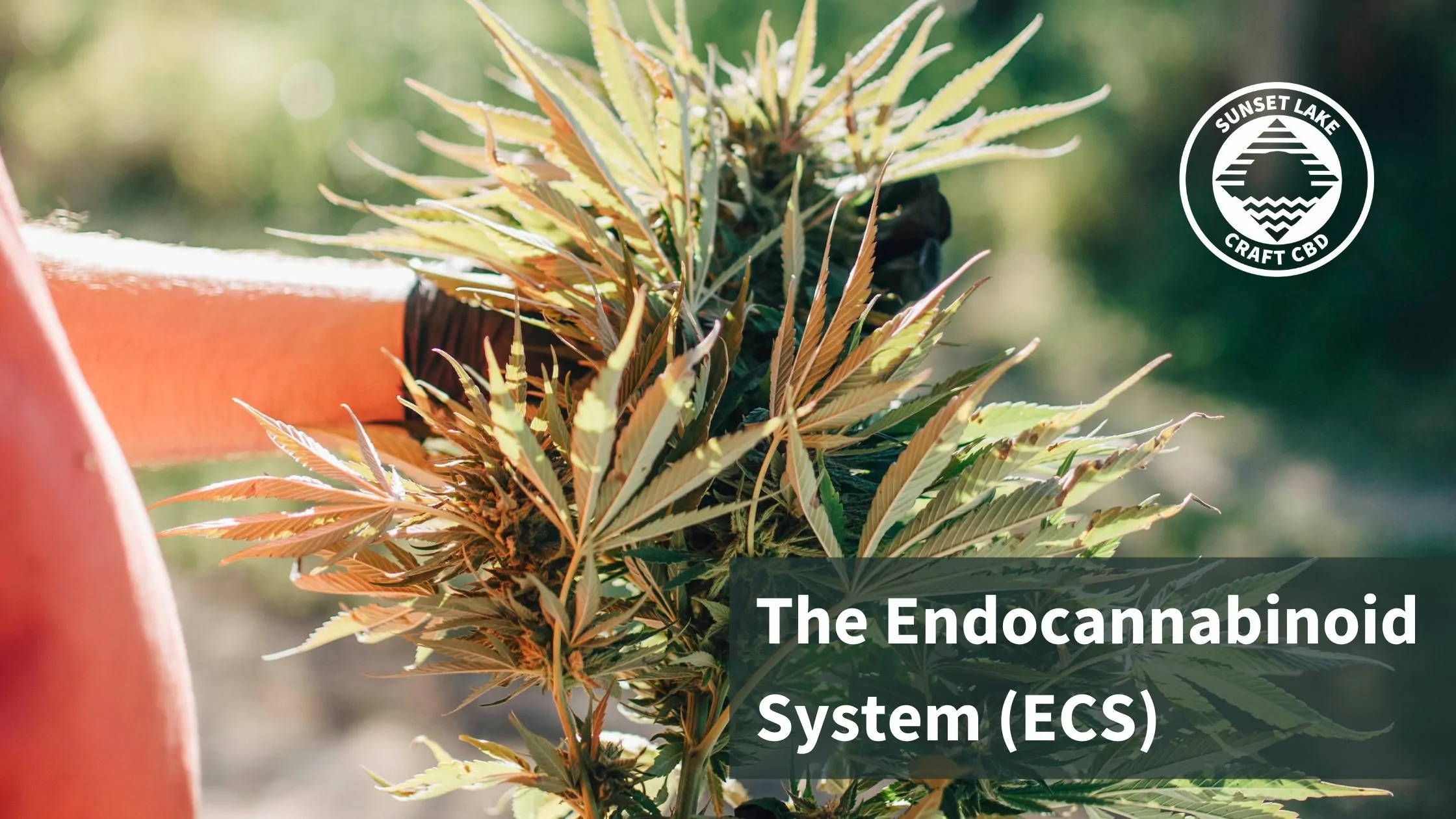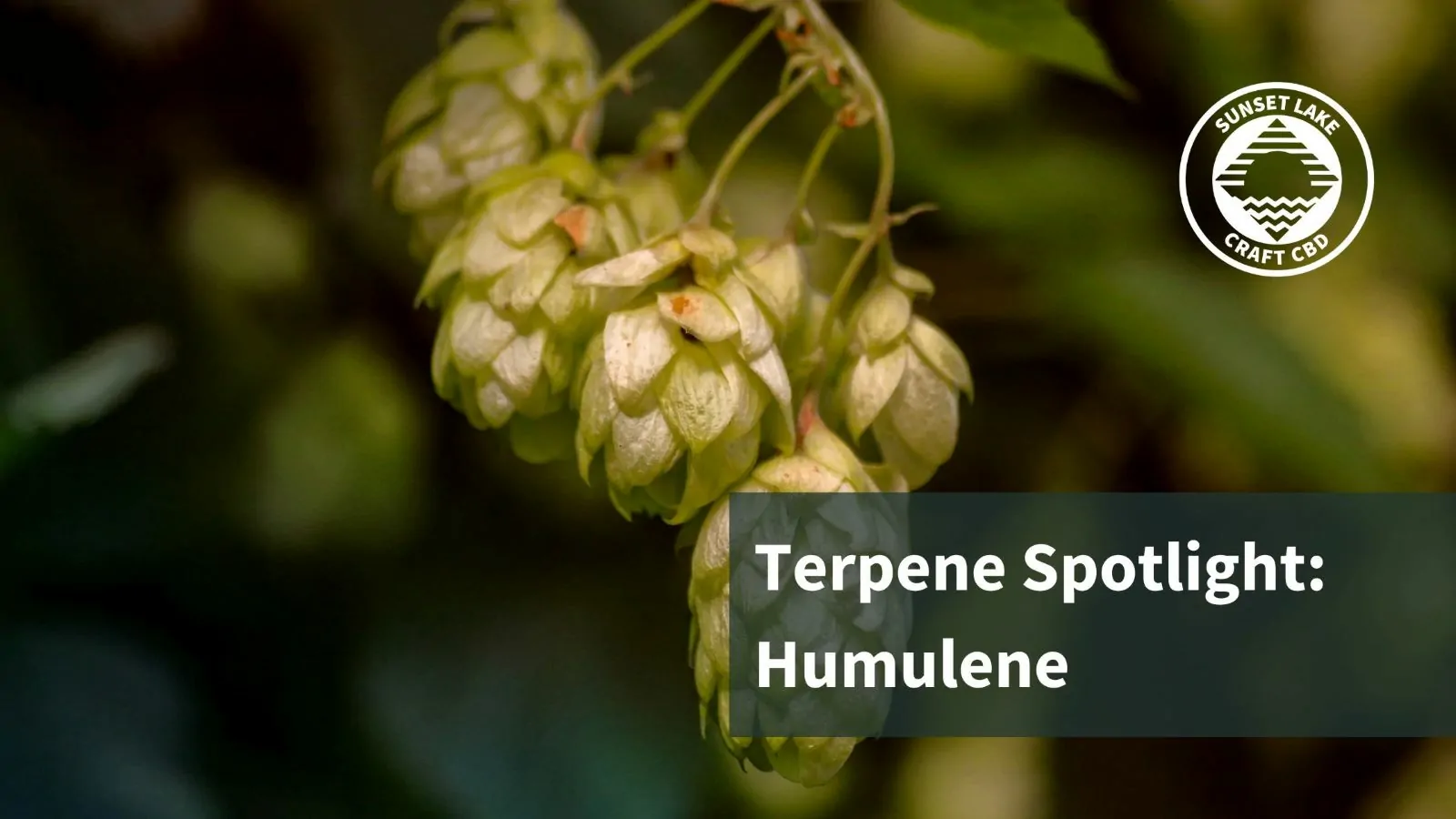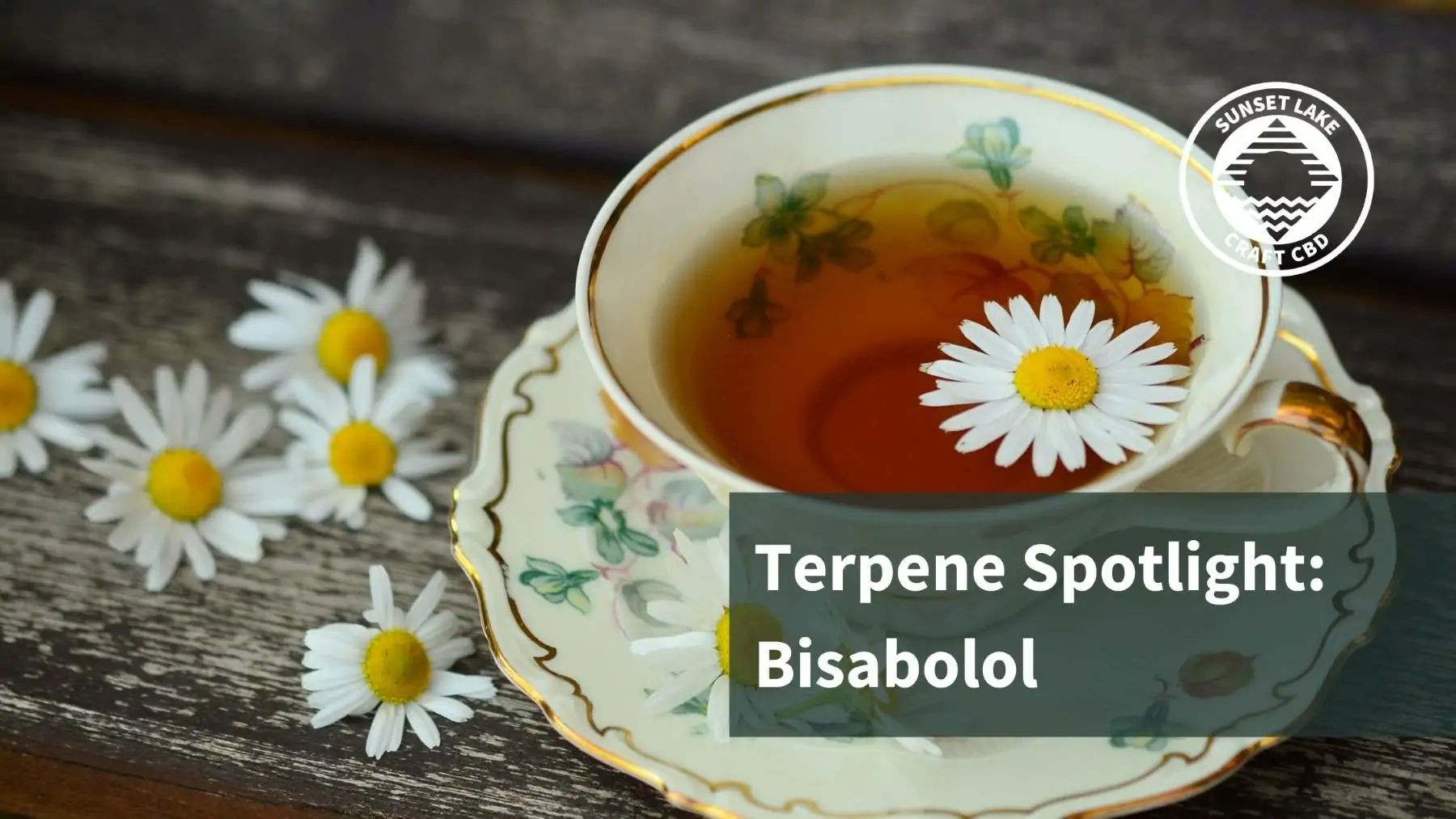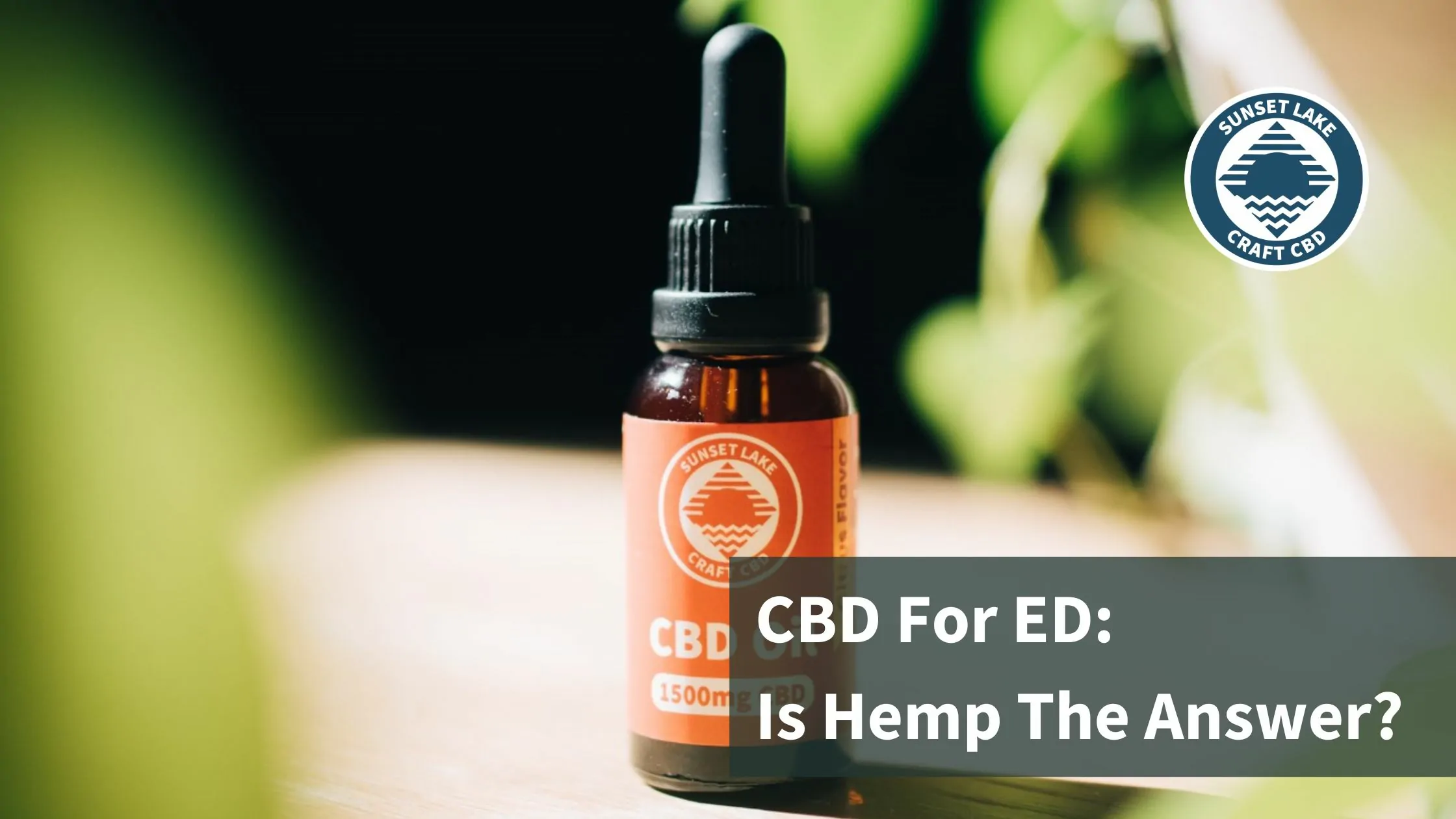No products in the cart.
For centuries, people have turned to nature’s bounty for remedies to soothe aches and pains. Hemp and arnica are two such powerful plants that have played a significant role in traditional medicine around the world. Today, thanks to advancements in science and responsible farming practices, we can harness the goodness of these plants in a modern way – handcrafted topical products that combine hemp-derived CBD with the time-tested benefits of arnica.
A Legacy of Healing: A Journey Through Traditional Remedies
Imagine a world without modern medicine cabinets overflowing with prescription drugs. For much of human history, people relied on plants and natural remedies to address a variety of ailments. Hemp, for example, has been cultivated for thousands of years, with evidence of its use in China dating back to 2800 BC. Traditionally, hemp fiber was used for textiles and rope making, while the seeds were utilized for their nutritional value. More recently, research has begun to explore the potential therapeutic benefits of the cannabinoids found in hemp, including CBD.
Arnica, a flowering plant native to the mountains of Europe and Asia, also boasts a long and fascinating history. Folklore tells tales of its use by ancient Greek athletes to ease muscle soreness after training. Written records indicate its use in Europe as far back as the 16th century, primarily as a topical treatment for pain and inflammation.
The Magic of Modern Wellness: Hemp Takes Center Stage
Here at Sunset Lake CBD, we’re passionate about harnessing the potential of hemp to cultivate well-being. We cultivate our hemp on our Vermont farm using sustainable and organic practices. This meticulous approach ensures the highest quality CBD extract finds its way into every product we offer. CBD, or cannabidiol, is a naturally occurring compound found in the hemp plant. Unlike its cousin THC (tetrahydrocannabinol), CBD is non-psychoactive, meaning it won’t get you “high.” Instead, CBD offers a range of potential therapeutic benefits, including promoting relaxation and reducing inflammation.
A Time-Honored Tradition: The Healing Power of Arnica
Arnica, a flowering plant with vibrant yellow daisy-like flowers, has a long history of use in traditional medicine. For generations, people have utilized arnica topically to soothe muscle aches, strains, and even minor injuries. Modern research suggests arnica may help reduce inflammation and provide temporary relief from pain. This makes it a natural complement to the potential benefits offered by CBD.
A Modern Marvel: The Synergy of Hemp and Arnica in Topical Applications
At Sunset Lake CBD, we handcraft our topical products using a meticulous process that infuses arnica with our high-quality, farm-to-table hemp-derived CBD. This synergistic blend allows you to experience the combined benefits of both these powerful plants. The potential for pain relief and reduced inflammation offered by arnica, coupled with the potential for relaxation and stress reduction offered by CBD, creates a powerful tool for promoting overall well-being.
Many of our customers have shared positive feedback about our topical hemp arnica products, emphasizing how they have become an essential part of their self-care routines. Our topical arnica with CBD has been described as a product that eases muscle tension and helps in unwinding after a long day. Similarly, our customers have found that the topical hemp arnica helps manage discomfort and allows them to stay active and enjoy life more fully.
Sustainability: Cultivating Wellness for Ourselves and the Planet
At Sunset Lake CBD, we believe that true wellness extends beyond the products we offer. That’s why we’re committed to sustainable farming practices that nurture the land and minimize our environmental impact. We use organic growing methods and implement responsible water conservation techniques. By prioritizing sustainability, we ensure the quality of our products while protecting the environment for future generations.
Embrace Tradition, Embrace Well-being: The Road to a Calmer, More Joyful You
The wisdom of traditional remedies often intersects beautifully with modern scientific advancements. Topical hemp arnica products are a testament to this synergy. By embracing the power of nature and combining ancient wisdom with modern science, we can cultivate a more holistic approach to well-being.
The path to a calmer, more joyful you doesn’t have to be complicated. Sometimes, the simplest solutions are the most effective. By incorporating topical hemp arnica products into your self-care routine, you can experience the potential benefits of these powerful plants firsthand. Reduce stress, find relief from discomfort, and create space for those small moments of joy that make life beautiful.
Ready to explore the potential benefits of topical hemp arnica for yourself?
Sunset Lake CBD offers a range of handcrafted topical products designed to target specific needs. Our Extra Strength CBD Muscle Rub, infused with both arnica and menthol, offers a deeper cooling sensation, ideal for post-workout recovery or targeted relief for sore muscles. For everyday discomfort, our Extra Strength CBD Muscle Rub combines arnica with calming lidocaine, creating a truly restorative experience.
We understand that everyone’s journey to wellness is unique. That’s why we offer a variety of potencies and formulations to allow you to find the perfect product for you. Browse our collection online or visit our FAQs section to learn more about CBD and how it might benefit your well-being.
At Sunset Lake CBD, we’re here to support you on your path to a calmer, more joyful life. We believe that true wellness is a journey, not a destination. By incorporating natural remedies, prioritizing self-care, and embracing a holistic approach, we can all cultivate a greater sense of peace and well-being in our daily lives.
So, the next time you’re seeking relief from discomfort or simply looking for a way to unwind after a long day, consider the power of nature’s bounty. Explore the potential benefits of topical hemp arnica and discover how tradition and modern science can work together to cultivate a life filled with small moments of joy.

